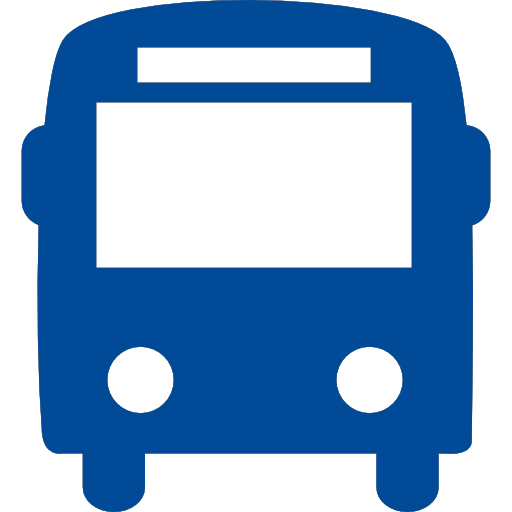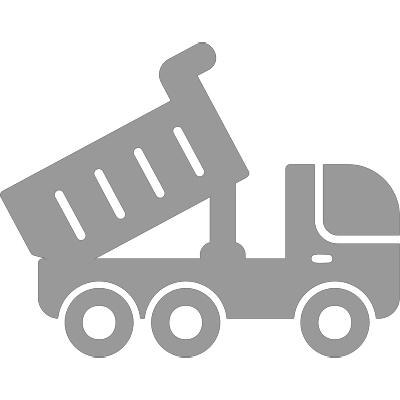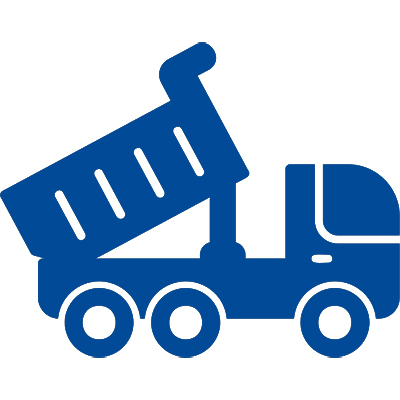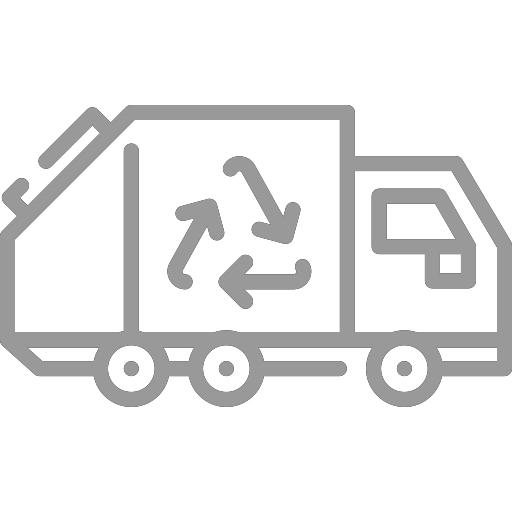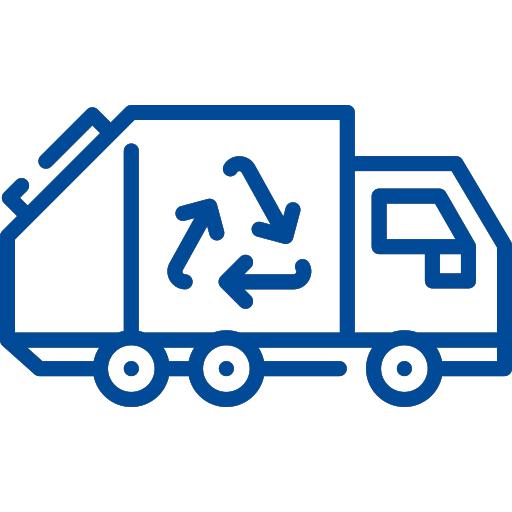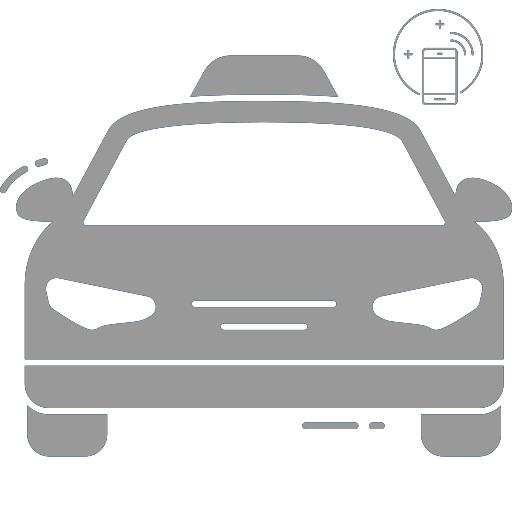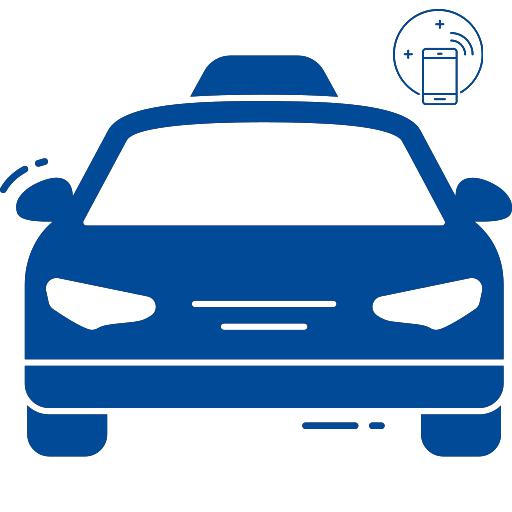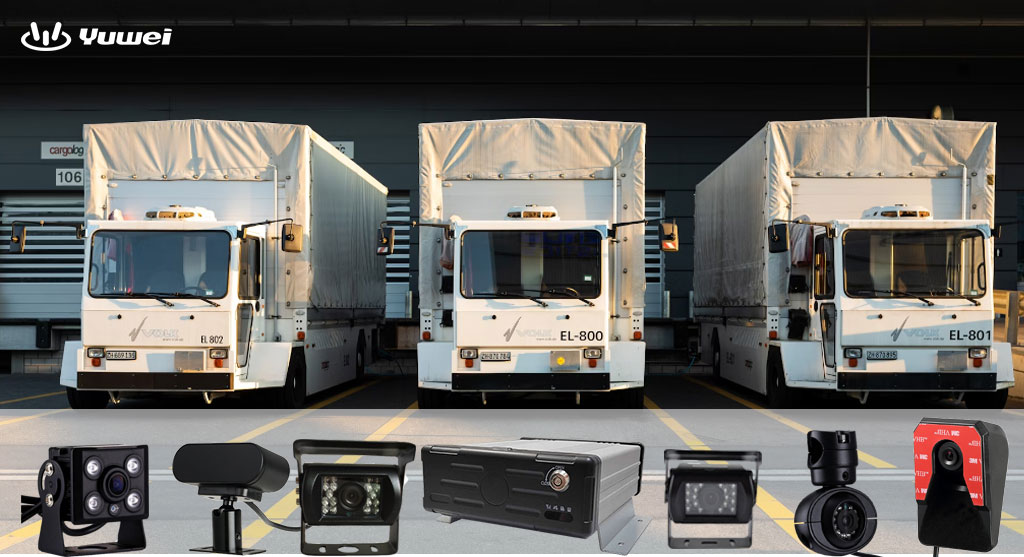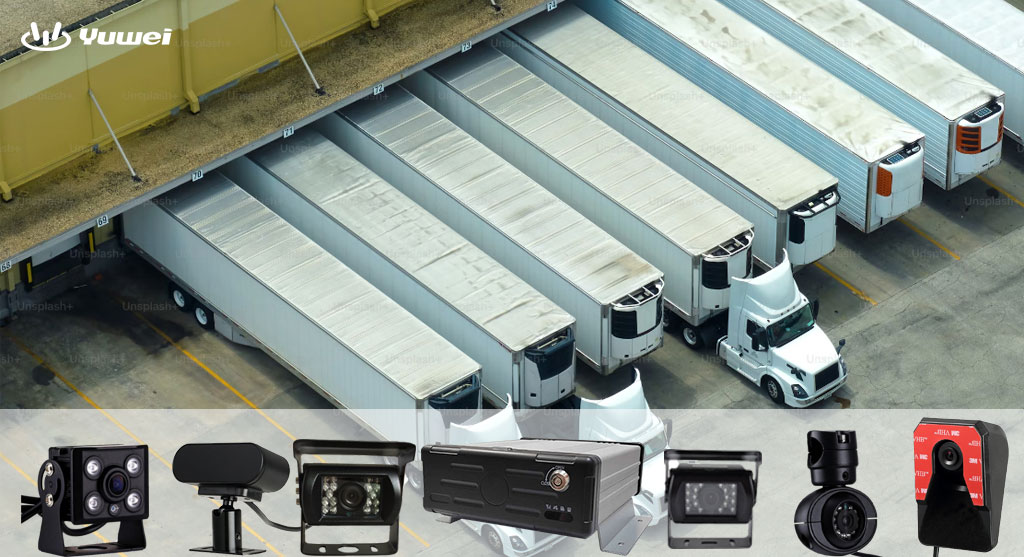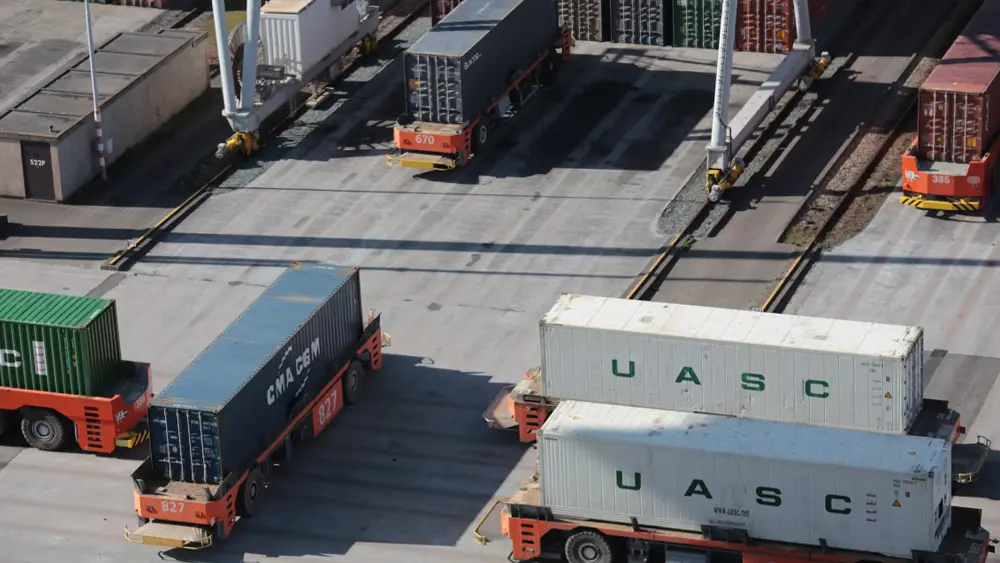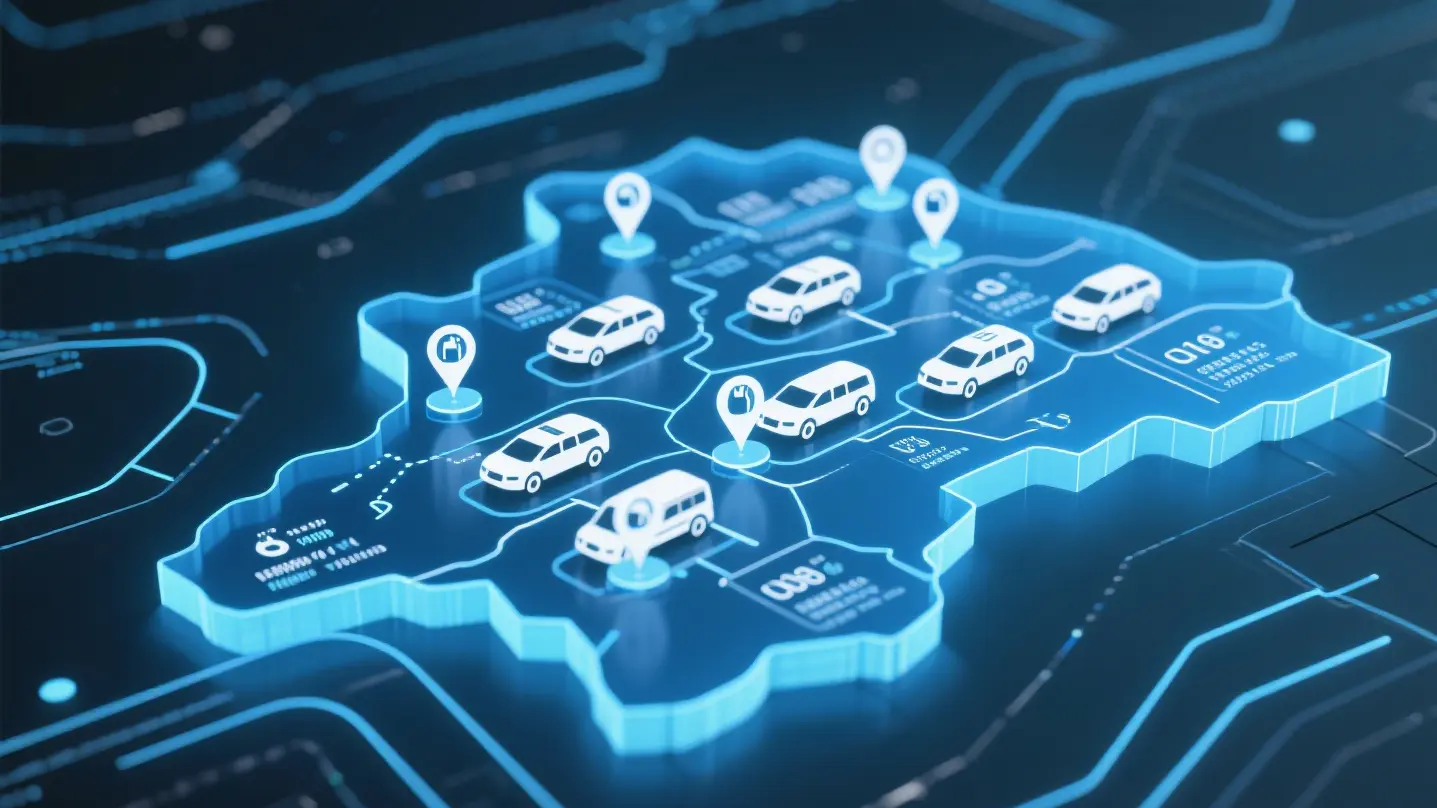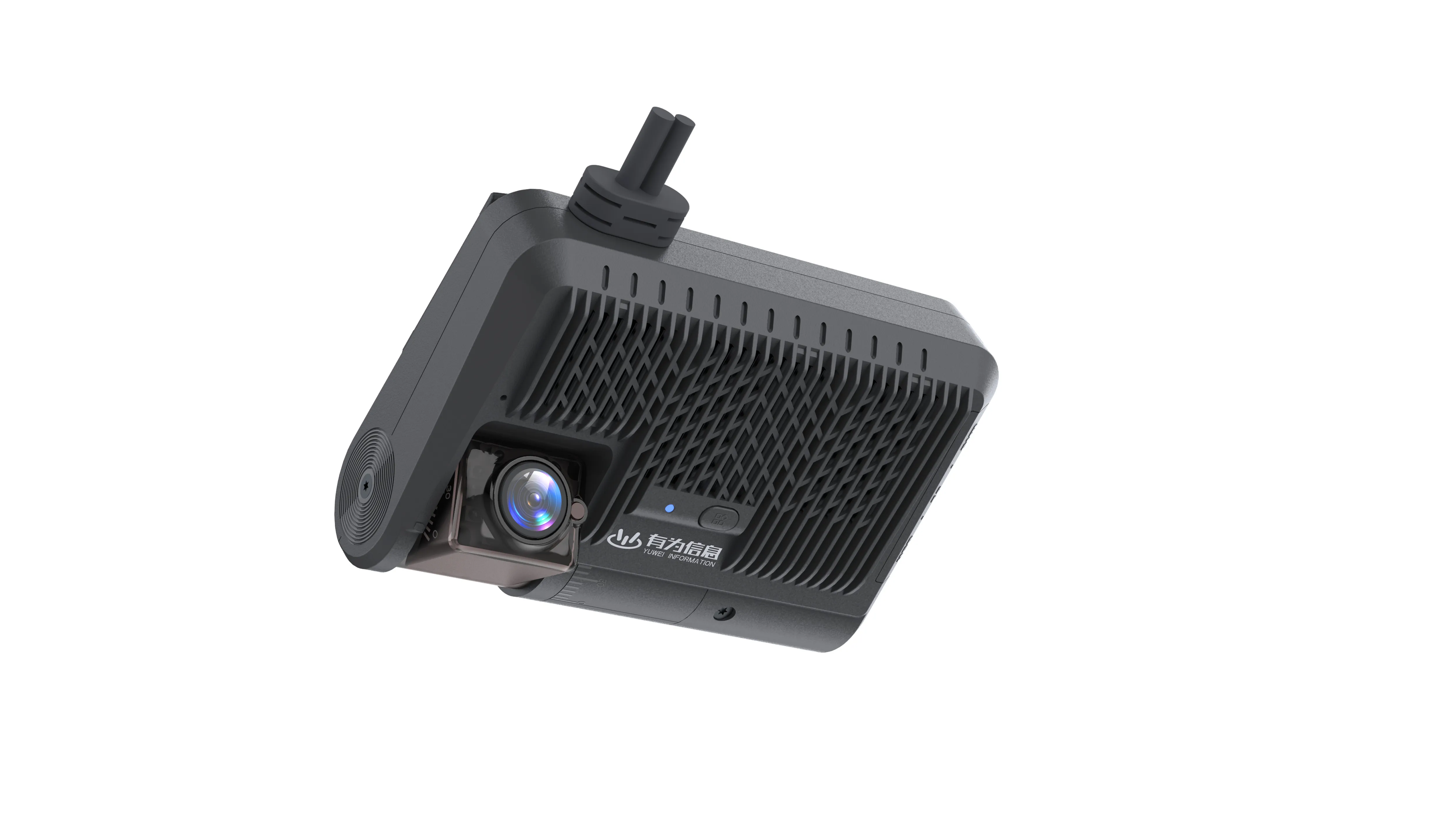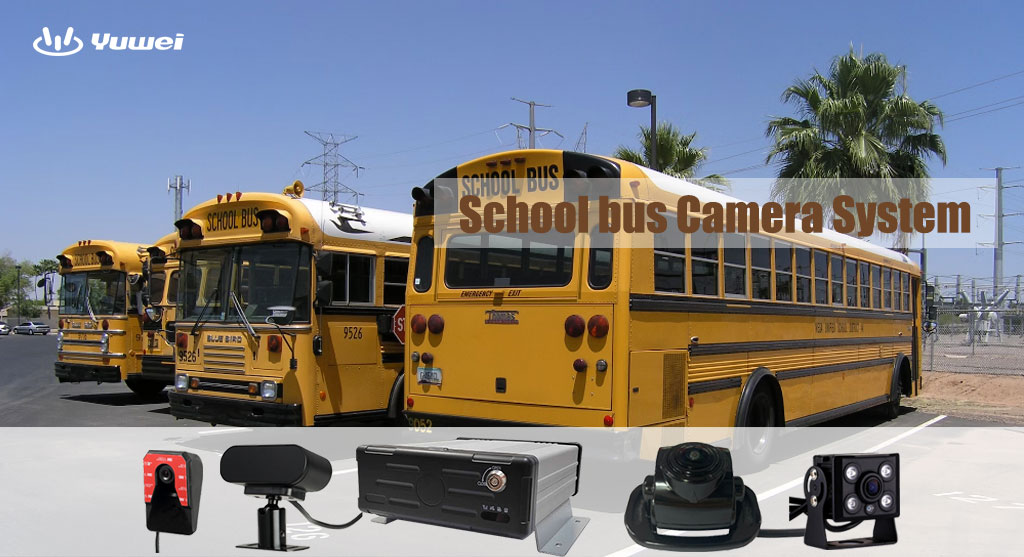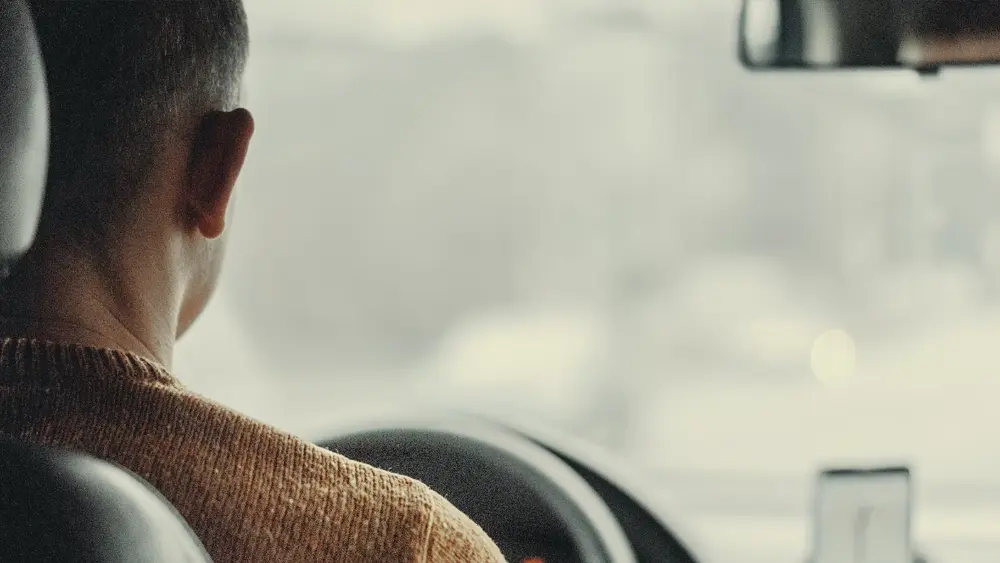School Bus Camera Companies
Best School Bus Camera Systems
A school bus camera system, such as dash cams, interior cameras, stop-arm cameras, side cameras, and rear cameras, is key to keeping students safe. Safety cameras help you improve student visibility, save costs, and reduce accidents.
Big, yellow school buses are iconic, but accidents are common. In a 180-day school year, there are over 17 million stop-arm violations, increasing the risk of collisions and blind spot accidents. Despite being 70 times safer than cars, school buses still saw 1,207 fatalities between 2009 and 2018.
Advanced school bus camera systems can enhance safety. Dash cams, interior, stop-arm, side, and rear cameras help monitor both inside and outside, reducing accidents, saving costs, and improving student visibility.
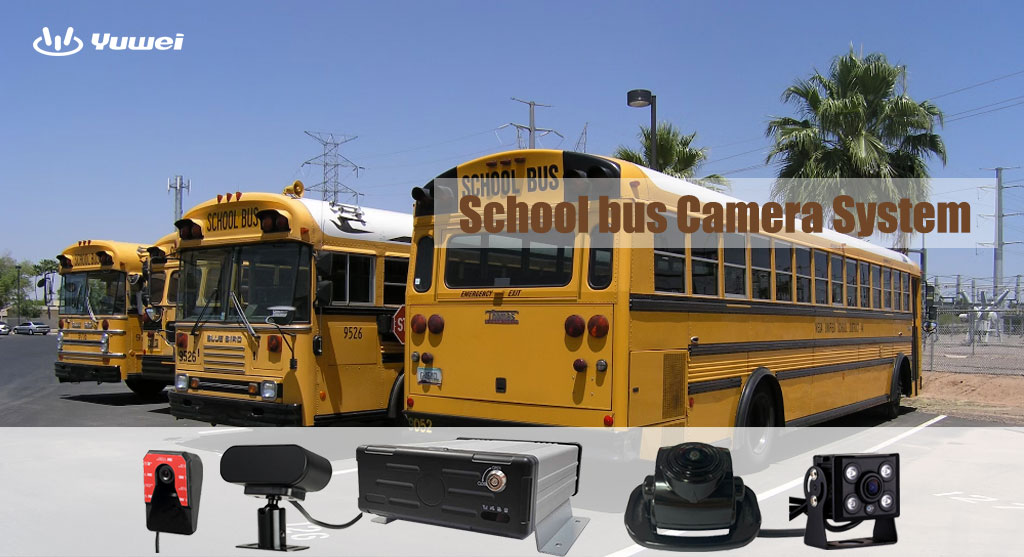
Different types of cameras for school bus safety
1. Dash cams
Having a full picture of what’s happening inside the cab and outside on the road is critical to improving bus driver safety and minimizing accidents. Dash cam solutions built for large school bus fleets offer both the visibility to monitor events on the road and the scale to support advanced functionality.
Internet-connected dash cams enable you to capture and upload high-definition video footage to a cloud-based dashboard instantly without needing SD cards or memory capacity. Now, school administrators or law enforcement officials can easily see and retrieve key footage upon request. In addition, advanced dash cams offer optional features such as in-cab alerts that sound in response to risky behavior such as distracted driving, harsh braking, speeding, rolling through stops, and tailgating. Some advanced solutions are even able to automate video capture and dynamically upload footage to a centralized database when an unsafe event occurs.
When bus drivers show signs of risky behavior, you can use in-cab alerts to provide real-time feedback with automated coaching workflows and encourage safe driving. Still, some school bus accidents are unavoidable—and they’re not always the school bus driver’s fault. When this is the case, dash cams can help by providing video evidence to prove fault, exonerating the bus driver and the school district from financial liability. Using dash cams, you can improve operational efficiency and protect drivers and students.
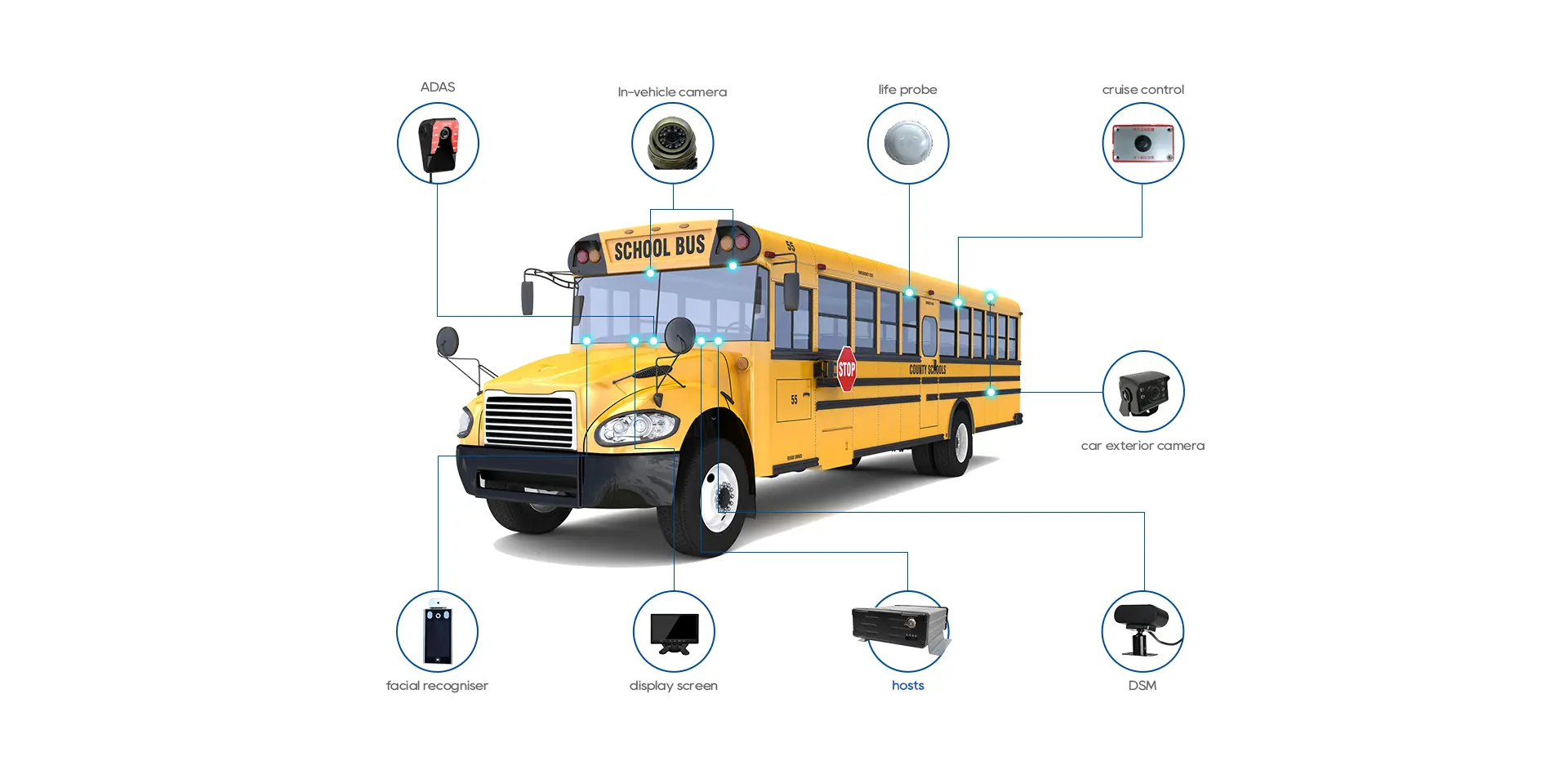
2. Interior cameras
As dangerous as on-the-road conditions can be, activity inside the school bus can be just as much of a risk to student safety. Interior activities such as medical emergencies, student bullying, and vandalism may happen when the bus driver is occupied and supervision isn’t available. Being able to respond promptly and efficiently can improve the student experience and reduce parent calls.
By deploying interior cameras, you can closely monitor activity inside the school bus. Interior cameras can be installed on high-back seats or the bus ceiling, providing school administration with visibility into urgent events and student misbehavior. With this technology, administrators can accelerate response times by using recorded video footage to develop comprehensive action plans for student emergencies.
When confronted with parent inquiries about student whereabouts, school districts can now efficiently pull video evidence of student ridership to help locate missing students. Office teams can use footage to observe student interactions to create seating assignments and discourage student bullying. And you can easily retrieve and share relevant video footage with law enforcement to streamline investigations.
3. Exterior cameras: Stop-arm cameras, side cameras, and rear cameras
The sheer size of a school bus makes it especially susceptible to collisions from nearby vehicles on the road. In addition, blind spots obscure a driver’s vision, putting students at risk when they get on and off the school bus. Using cameras mounted on the exterior of the school bus, you can increase visibility and streamline driver exoneration. There are three commonly used exterior safety cameras: stop-arm cameras, side cameras, and rear cameras.
Side cameras, installed on the left or right side, and rear cameras, installed on the back, provide a full perimeter view of a school bus. Incidents such as sideswipes account for the majority of accidents and are often not the school bus driver's fault. A full-fledged exterior camera program not only gives school administrators the ability to better monitor sideswipes, but also provides additional visibility into critical safety-related processes such as student ridership.
Why do you need a school bus camera system?
1. Keep students safe, retain bus drivers, and hold motorists accountable
2. Save money for school districts and municipalities
3. Satisfy stakeholders involved in school bus safety
Improve school bus safety with YUWEI
YUWEI offers a comprehensive platform that empowers school districts to streamline camera system processes, minimize on-the-road accidents, and improve student safety. With functionality that includes auto-uploaded incident footage, automated coaching workflows, advanced telematics, preventative maintenance alerts, and real-time GPS, you can transform your school transportation operations.
Third-party camera solutions often have limited capabilities such as requiring SD cards, capped storage space, and local hosting. Using YUWEI’s Camera Connector, you can consolidate video footage from third-party cameras and automatically upload data to the YUWEI Dashboard, making it easy to review and retrieve footage across all school bus cameras, on a single pane of glass. Now, you can unify your camera data, reduce school bus-related costs, and take the student experience to the next level.
Looking for more ways to improve student safety and pupil transportation? Check out our resources about student management and school bus trackers. If you’d like to learn more about the YUWEI platform.














